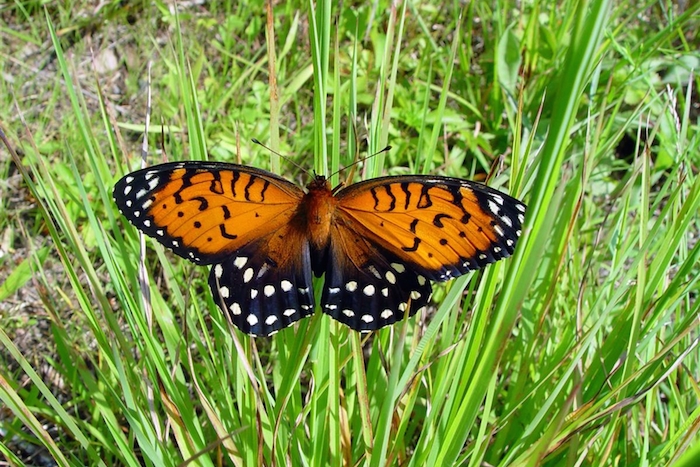|
Feds will evaluate species for Endangered Species Act listing Washington, DC—Today the U.S. Fish and Wildlife Service (Service) announced that it will consider protecting the northern bog lemming (Synaptomys borealis) and regal fritillary (Speyeria idalia) by listing them under the Endangered Species Act (ESA). In response to two scientific petitions submitted by Guardians, the Service will begin a 12-month review process to determine if the two species warrant listing. “We’re delighted that the regal fritillary and bog lemming are one step closer to Endangered Species Act protections,” said Taylor Jones, endangered species advocate for WildEarth Guardians. “The rarity of both these species is an important red flag for the health of their ecosystems, and we hope the Service will move quickly to protect them.” Regal fritillaries—striking orange and black butterflies—are dependant on tall-grass prairie, one of the most imperiled ecosystems in the United States. Between 82 and 99.9 percent of tallgrass prairie has disappeared since European settlement of the U.S. and Canada. Agriculture and housing developments are rapidly overtaking remaining regal fritillary habitat. Guardians submitted a formal petition to list the butterfly under the ESA in April 2013. Northern bog lemmings are hard-to-spot small mammals that live mainly in peat bogs; these rare habitats are relics of the Ice Age and support unique environments and species. Climate change threatens to upset the delicate balance of peat bogs by degrading the permafrost that supports them. Guardians submitted a petition for the lemming in September 2014. “The Endangered Species Act protects ecosystems we depend on and places we love by safeguarding the most vulnerable wildlife that live there,” continued Jones. “It is our responsibility to safeguard these species from climate chaos and habitat destruction.” Protection under the ESA is an effective safety net for imperiled species: more than 99 percent of plants and animals protected by the law exist today. The law is especially important as a defense against the current extinction crisis; species are disappearing at a rate much higher than the natural rate of extinction due to human activities. Scientists estimate that at least 227 species would have gone extinct if not for ESA protections.
regal fritillary photo credit: Pennsylvania Army National Guard |
|
|
info@wildearthguardians.org | © WildEarth Guardians | Historical Archives | Privacy Policy

